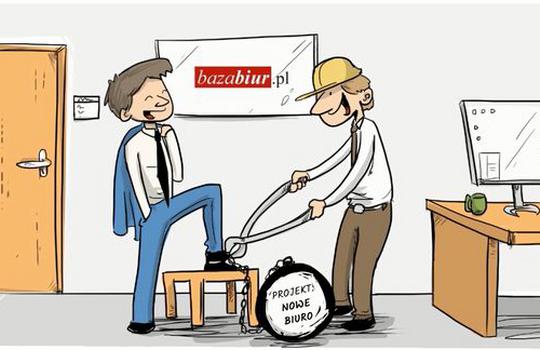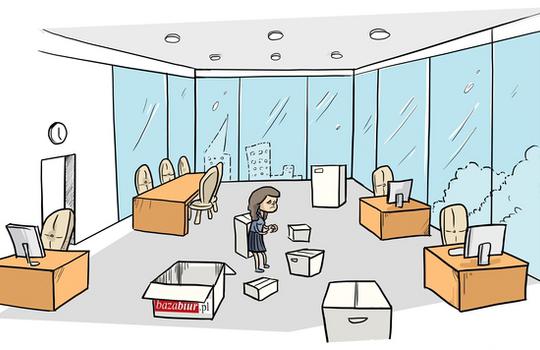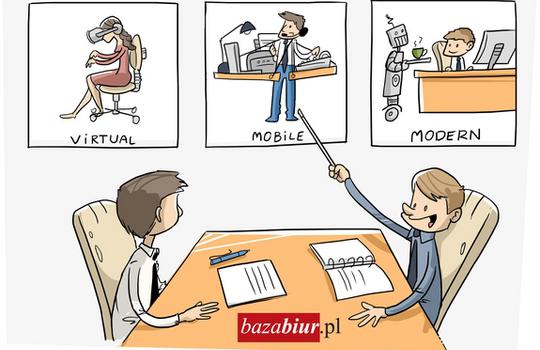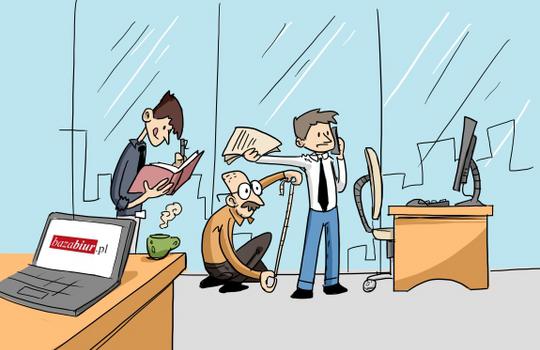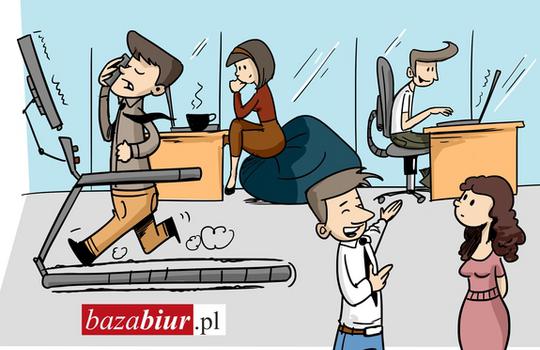Lease costs sometimes may seem to be a huge bottomless money pit and include everything from rent, service charges, taxes, local charges, re-invoices of a wide range of media, and telecommunication costs etc.
'Including, but not limited to' – look after your wallet
Services charges are always described in lease agreements but often contain the “including, but not limited to” clause allowing the landlord to attach almost anything to it. What is important here is the right to review costs. All tenants are entitled to do this, but in my experience, they rarely do. Therefore, I would advise closely defining a list, not open to interpretation, of all types of payments included within exploitation costs.
Main components – the law and agreements
The main components of service charges include 'fixed costs' – predictable (insurance, taxes, local charges, real estate taxes, perpetual usufruct charges), permanent service contracts and variable costs resulting from the consumption of media and exploitation materials. Property management costs include costs of cleaning (overall as well as cleaning the facade and maintenance of stone cladding), building security, administration (reception, and maintaining the guest book), maintaining the greenery, management fees as well as costs of repairs, maintenance and exploitation materials (agreement with a technical company, overseeing of fire detection solutions and providing services for fire systems with a fire auditor verifying protocols regarding fire safety – crucial elements when establishing building security). Furthermore, these costs also include the maintenance of the greenery both inside the building and out as well as the design of the building’s reception (flowers, pot plants). Variable costs include all costs of media (electricity, heating, water, gas) as well as waste segregation and collection. With regards to waste collection, one should also mention that it is good practice for ecological buildings to employ a special consultant who oversees waste segregation (usually on behalf of either security employees or the company collecting waste). Not many tenants realize that they also have to cover the costs of Health and Safety training for security and building administration staff – some buildings have staff not only skilled in freeing people from blocked lifts but also in providing first aid. Furthermore, a very important element of maintenance costs in common spaces is related to providing energy, heat and water. Inefficient energy consumption can generate huge and unexpected expenses in the form of financial penalties for exceeding the contracted capacity or reactive energy compensation.
Verification – how is it accumulated?
Payments are accumulated in the form of an advance per square meter of occupied space (for example, 16 PLN per square meter a month). Nevertheless, it may happen that the tenant pays too much due to the vaguely calculated space the company occupies. One should also check what amount of space the payments are accumulated from. I would also advise tenants that, while preparing the budget related to occupied space, they include costs of small repairs and installations within their space. I often come across situations where costs of small repairs, such as light source repairs (the changing of light bulbs) or conservation of an additional air conditioner in the server room, are forgotten. The tenant pays for the repairs of owned equipment in their space including office desks, lamps, locks as well as elements transferred during fit-out works that sometimes pass into their ownership.
Media – better apart than together
The tenant should check all sub meters applied within the company's space as well as verify billings 1:1. Green buildings should have metered water, heat and cooling consumption. The tenant can settle separately all that is metered. From the day of issuing the space, the tenant should pay for electricity and eventually other media in the company's unit based on meter readings. When it comes to telecommunication payments, each company usually has a separate agreement and is charged based on itemized bills.
Do not waste energy
After rent, the second biggest cost included in service charges are energy payments (20% of overall costs). Settlement of these payments are based on energy consumption and price per kilowatt hour. Such a high proportion of overall costs is generated by air handling units, refrigerating aggregates with chilled beams, fan coils as well as lighting, computers, TVs and electric power sockets. Big energy consumers also include numerous types of circulation pumps, pumping sprinkler installations and fire hydrants (attached during performance tests).
Manager - broker
Since 2008's change in regulations and deregulation of energy prices, each property manager can freely negotiate the price for electricity as well as being able to select operators other than his local energy provider. Managers, either by themselves or supported by professional brokers, can buy energy on the Polish Power Exchange. Portfolio purchases for big building portfolios or even a small group of buildings are becoming increasingly profitable. The tenant has the right, and really should, ask the manager about the price per kilowatt hour – is it 220 PLN or 330 PLN? Experienced managers follow the trends related to changes in energy prices and are familiar with the best time for purchases and rates reaching sometimes 50-80 million PLN. Such abilities are also beneficial in preparing proper budgeting for the next financial year. A competent manager will always closely cooperate with tenants and inform them about all costs and is sometimes able to help with creating budgets. My basic advice for tenants is the title of this article: keep track of what you pay for.






